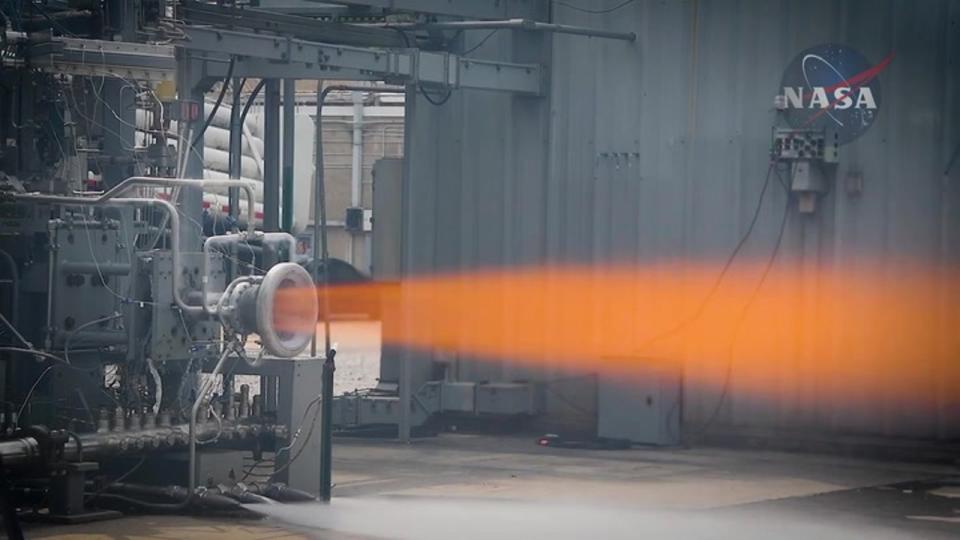Engineers at NASA’s Marshall Space Flight Center in Alabama recently conducted an exciting test involving a new 3D-printed rocket nozzle designed specifically for deep space missions.
This groundbreaking test was part of NASA’s Reactive Additive Manufacturing for the Fourth Industrial Revolution (RAMFIRE) project, which aims to explore the use of 3D printing and aluminum to streamline manufacturing processes and reduce weight.
According to John Vickers, principal technologist for NASA’s Space Technology Mission Directorate advanced manufacturing, reducing mass is crucial for future deep space exploration projects. This test is a significant milestone in the development of advanced materials and propulsion systems necessary for ambitious missions to the Moon, Mars, and beyond.
Related: New Relativity Space factory will host dozens of 3D printers for Terran rockets

In the past, aluminum has been avoided in spaceflight manufacturing due to its vulnerability to heat and cracking during welding. However, with additive manufacturing, or 3D printing, these issues can be overcome. By eliminating the need for welding and incorporating cooling channels within the metal structure, the nozzle can withstand extreme temperatures without melting.
To test these innovative manufacturing techniques and materials, NASA collaborated with two commercial partners, Elementum 3D of Erie, Colorado, and RPM Innovations (RPMI) of Rapid City, South Dakota.
Denial of responsibility! Vigour Times is an automatic aggregator of Global media. In each content, the hyperlink to the primary source is specified. All trademarks belong to their rightful owners, and all materials to their authors. For any complaint, please reach us at – [email protected]. We will take necessary action within 24 hours.


